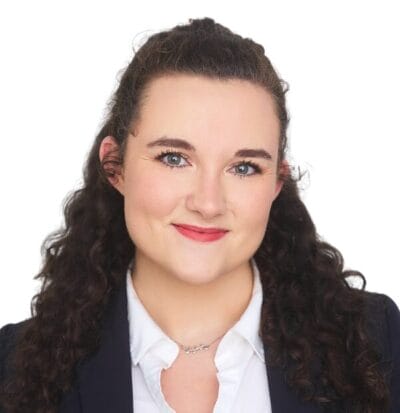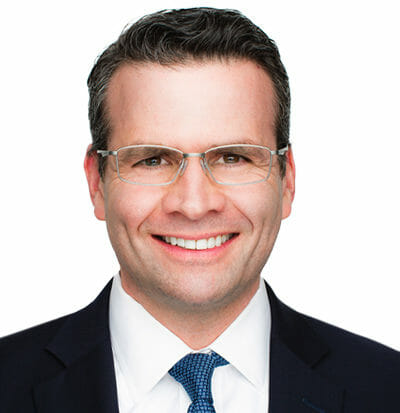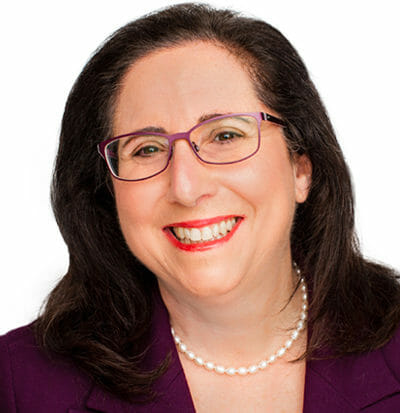Our December 19, 2019, newsletter reported Myanmar’s “soft launch” of new trademark applications, which at the time was expected to commence on December 20, 2019. The new confirmed start date is now October 1, 2020. As noted in our earlier article, this new formal trademark system will supersede the prior system, where trademark holders could file declarations of ownership and publish Cautionary Notices. During the soft launch period, which is expected to last six months, owners of prior declarations of ownership may file official trademark applications, thus gaining priority over third parties who had not previously held such declarations, or who did hold such declarations but fail to file formal applications during the soft launch period.
For trademark owners who do not hold declarations under the old system, all is not lost – such owners may still take advantage of the soft launch period if they can establish use of their mark in Myanmar through a notarized affidavit stating the date of first use of the mark there. The affidavit should be accompanied by time-stamped evidence of use such as letterhead correspondence, business cards, office photos, press releases, news articles and the like. Additional evidence such as redacted copies of invoices or other similar evidence of rendered services are helpful; an alternative would be dated copies of published company reports relating to Myanmar. There is no exact guidance on how much evidence of use to provide, but the current understanding is that applicants do not need to provide a separate specimen for each item of goods/services claimed. Ideally, a variety of specimens should be provided, the minimum being online evidence such as printouts from the applicant’s website showing a presence in Myanmar along with third-party references such as press articles and governmental reports discussing the applicant’s activities in Myanmar.
Evidence of promotion under the mark in Myanmar should suffice based on a notification issued by the local government. While evidence of actual sales or actual services rendered in the country will be more convincing, evidence of offering goods for sale and/or offering services to be rendered to local residents should satisfy the requirements. The challenge may be proving that the promotion was actually targeted to members of the trade and public in Myanmar. As an example relevant to the accommodations industry, it is unclear whether hotel reservations made by Myanmarese residents for stays outside of Myanmar may be relied on to file during the “soft launch” period based on use. However, local counsel advises that it would be worth trying to file an application based on any such evidence together with an explanatory affidavit.
The new trademark application process is the same regardless of whether the applicant owns a prior Cautionary Notice or instead plans to submit an affidavit of use.


















































